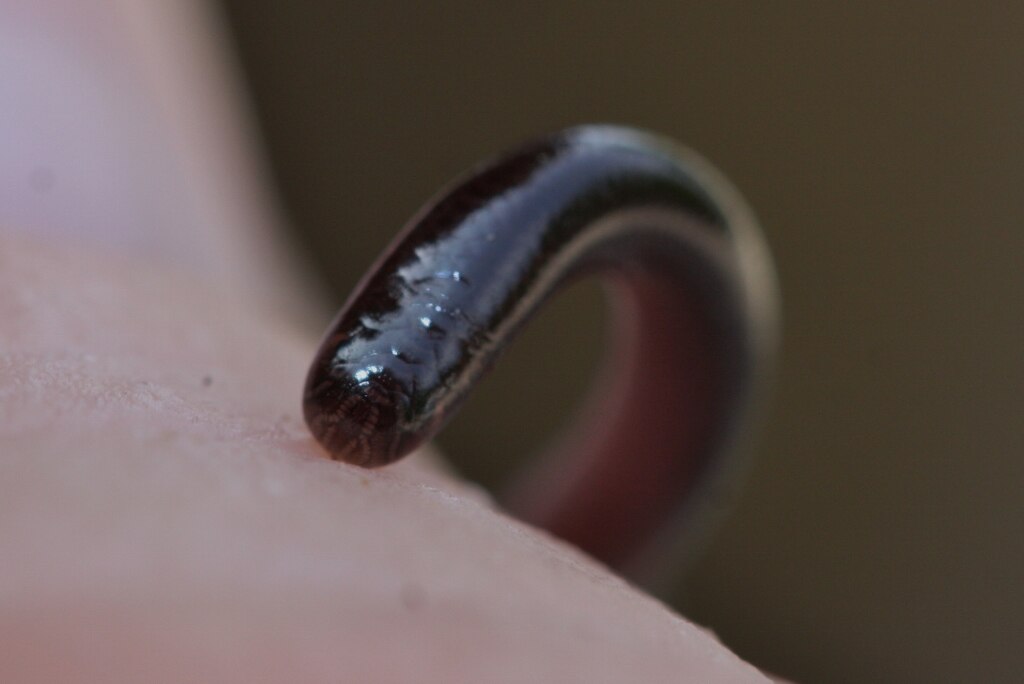The mysterious world beneath our feet harbors some of nature’s most fascinating yet rarely seen creatures. Among these subterranean dwellers, few are as specialized and enigmatic as the blind snakes—reptiles that have evolved to thrive in darkness, spending nearly their entire lives burrowing through soil rather than basking in the sun like their surface-dwelling relatives. These remarkable serpents have adapted unique physical characteristics and behaviors that enable them to navigate an underground existence. From their reduced eyes to their specialized feeding habits, blind snakes represent one of nature’s most successful adaptations to subterranean life. This exploration into their hidden world reveals not just a curious evolutionary path but also highlights how diverse and adaptable reptiles can be when faced with specific environmental challenges.
The Blind Snake Family: Nature’s Underground Specialists
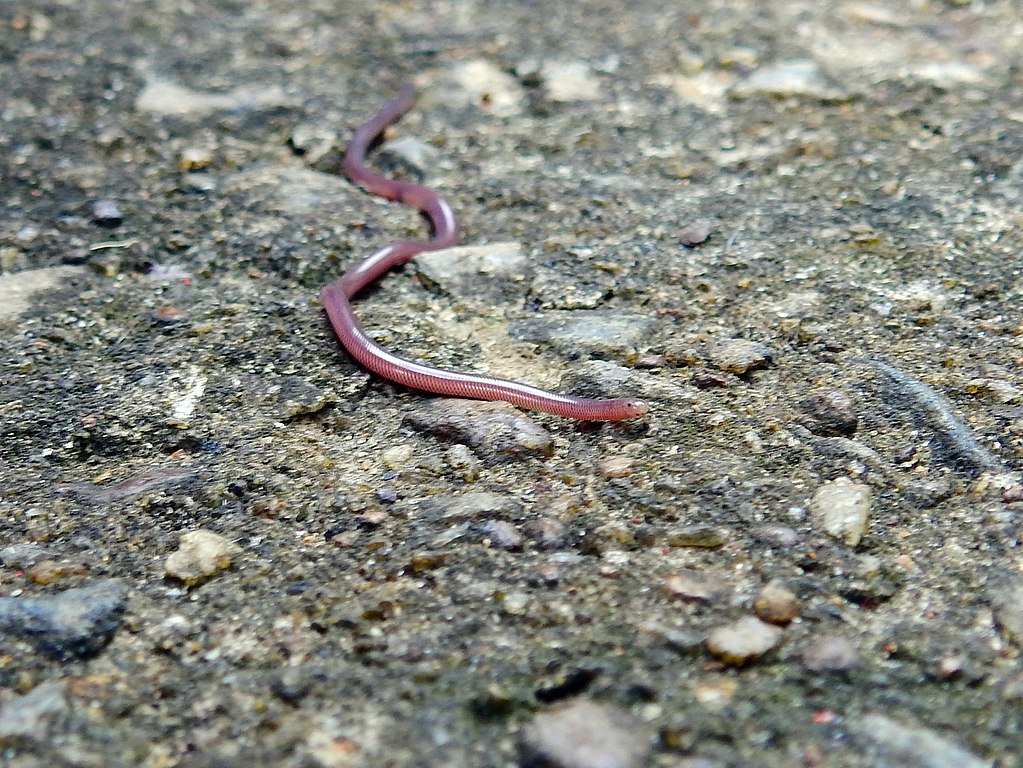
The primary snakes that live predominantly underground belong to the families Typhlopidae, Leptotyphlopidae, and Anomalepididae, collectively known as blind snakes or thread snakes. These families comprise over 400 species distributed across tropical and subtropical regions worldwide, representing one of the most successful radiations of subterranean vertebrates. Despite their abundance and wide distribution, they remain among the least studied snake groups due to their secretive lifestyle and challenging habitats. Most species measure between 10 and 40 centimeters in length, though some can reach up to 75 centimeters, making them relatively small compared to many surface-dwelling snakes. Their evolutionary history dates back at least 100 million years, suggesting their underground adaptation has been a remarkably successful long-term strategy.
Physical Adaptations for Subterranean Life
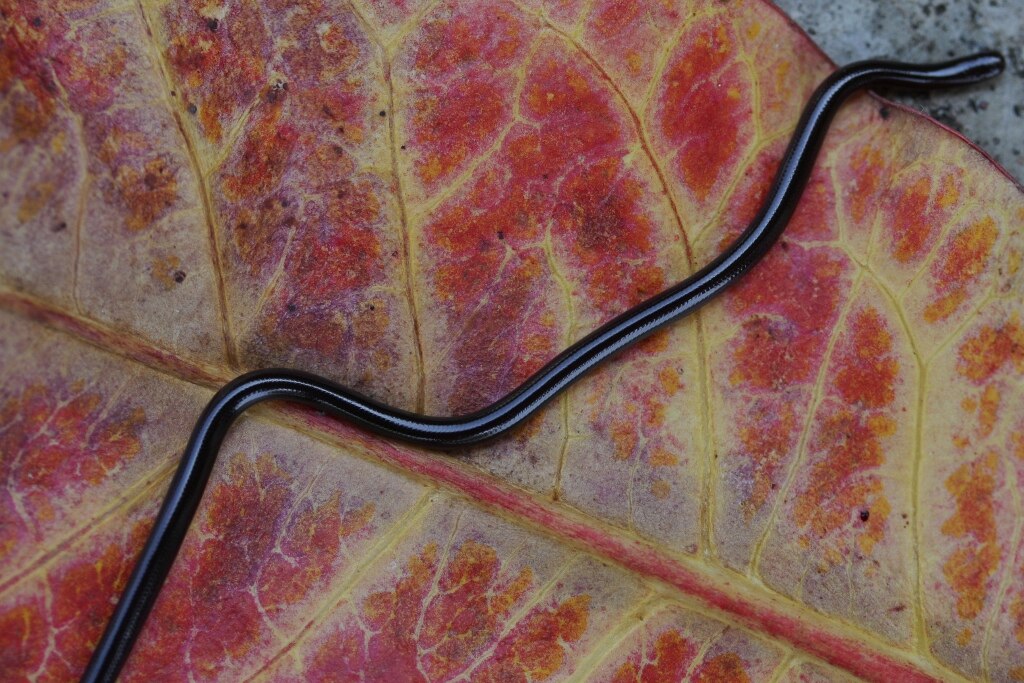
Blind snakes possess a suite of physical adaptations perfectly suited for tunnel living. Most notably, their eyes have been reduced to small pigmented spots beneath translucent scales, providing only basic light detection rather than image formation—a sensible adaptation when vision offers little advantage underground. Their bodies are cylindrical and uniformly thick throughout, allowing for smooth forward and backward movement through soil without getting caught on obstacles. Unlike most snakes, blind snakes have smooth, tightly overlapping scales that create a polished surface that minimizes friction against soil particles and prevents dirt from lodging between scales. Their heads feature reinforced skulls with pointed snouts that function like shovels, allowing them to push through compact soil with remarkable efficiency. This combination of adaptations creates a perfectly streamlined burrowing machine capable of moving through substrate as if swimming through water.
Specialized Feeding Behavior in Darkness
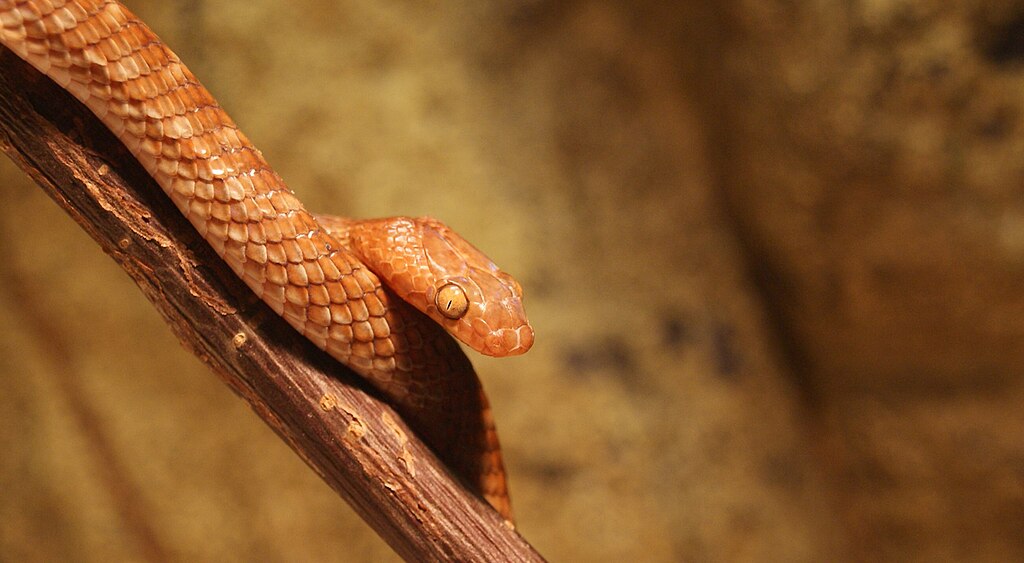
Despite living in complete darkness, blind snakes have developed efficient feeding strategies focused primarily on ant and termite prey. Their diet consists largely of the eggs, larvae, and pupae of these social insects, which they locate using highly developed chemical sensors rather than vision. Most blind snake species have specialized glands in their mouths that secrete substances that repel worker ants and termites, allowing them to invade nests and feed without being attacked. Their jaws have evolved for specialized feeding, with the mandible modified to scrape and scoop rather than grasp prey as in surface-dwelling snakes. This adaptation allows them to consume large quantities of tiny prey items efficiently. Some species have been observed to gorge themselves when they encounter an abundant food source, consuming enough to sustain themselves for weeks or months before needing to feed again—an important adaptation for a predator that may encounter rich food patches only sporadically.
Navigating a World Without Light
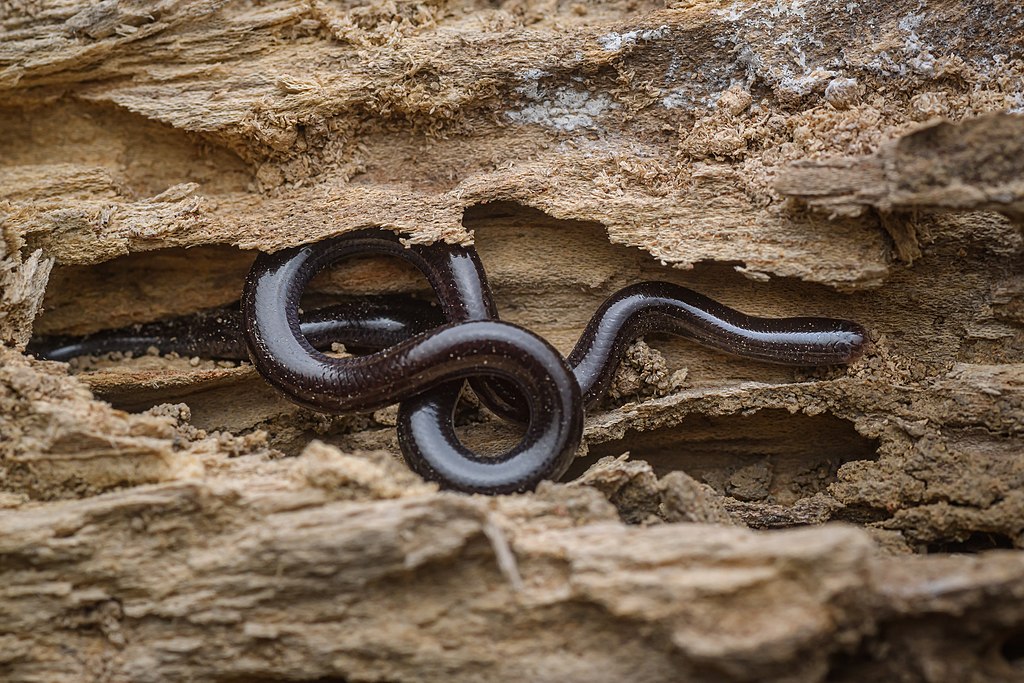
With minimal visual capabilities, blind snakes rely primarily on their highly developed chemosensory and tactile systems to navigate their darkened world. Their tongue and Jacobson’s organ (vomeronasal organ) are exceptionally sensitive to chemical cues, allowing them to detect prey, potential mates, and environmental conditions through soil particles. Rather than the flickering tongue movement seen in surface snakes, blind snakes often press their tongues against the soil to maximize chemical contact. Their skin contains thousands of microscopic sensory organs that can detect subtle vibrations, changes in pressure, and electrical fields generated by nearby organisms. Some species have evolved specialized cells that may detect magnetic fields, potentially aiding in orientation and navigation through the otherwise featureless underground environment. This multisensory approach to perception creates a rich sensory picture of their surroundings despite the absence of visual information.
Reproduction and Life Underground
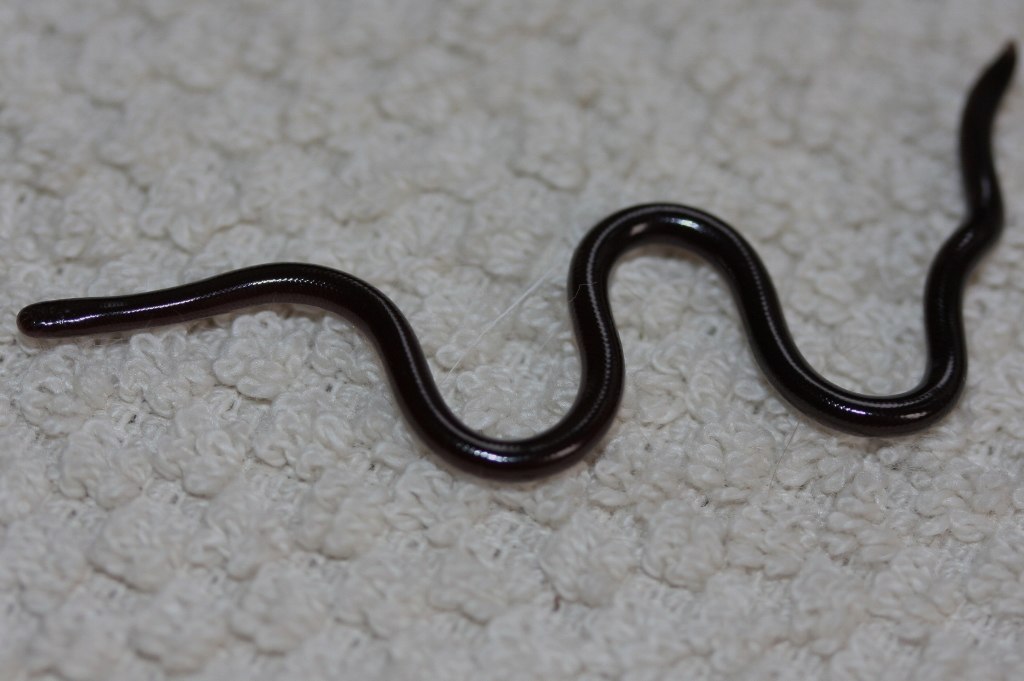
The reproductive biology of blind snakes features fascinating adaptations to underground living that differ from their surface-dwelling relatives. Many species are oviparous (egg-laying), with females typically producing small clutches of elongated eggs that are deposited in carefully excavated underground chambers. These chambers are often created adjacent to termite or ant nests, ensuring the hatchlings emerge near a food source. Other species have evolved viviparity (live birth), eliminating the vulnerable egg stage entirely—a valuable adaptation when suitable nesting sites may be limited. Mating itself presents unique challenges in the subterranean environment, with males locating receptive females through pheromone trails that can persist in soil for days. Some species exhibit sexual dimorphism, with males having specialized chin tubercles or scale patterns that aid in courtship behaviors during the brief periods when they may encounter potential mates.
The Brahminy Blind Snake: A Global Underground Traveler
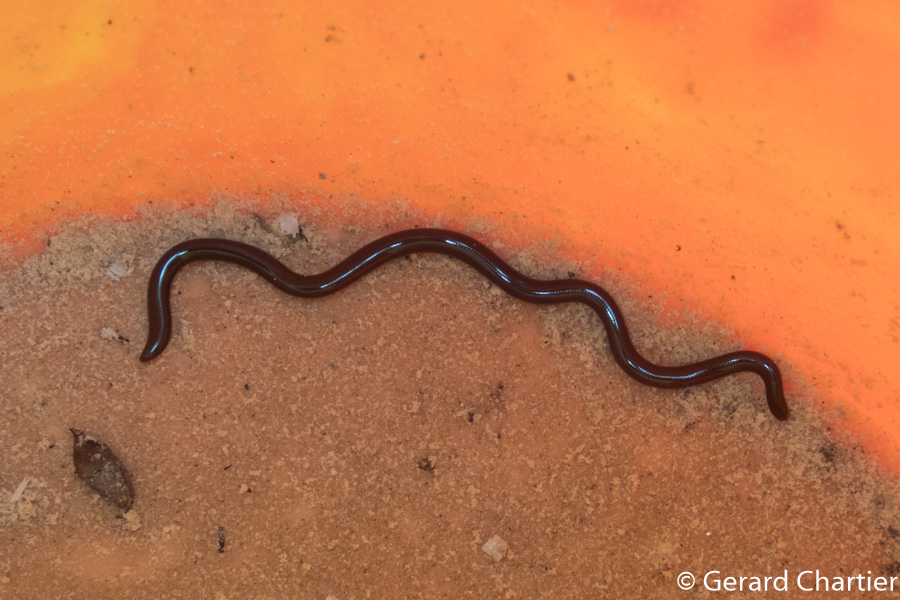
Among blind snakes, the Brahminy blind snake (Indotyphlops braminus) stands out as one of the most successful underground serpents, having achieved a nearly worldwide distribution. This tiny snake, rarely exceeding 20 centimeters in length, has the distinction of being the only known obligatorily parthenogenetic snake species—populations consist entirely of females that reproduce without male fertilization. This reproductive strategy has enabled the species to become one of the most successful invasive reptiles globally, as a single individual can establish an entire population in new territory. Originally native to parts of Asia and Africa, the Brahminy blind snake has hitchhiked around the world in potted plants and soil shipments, establishing populations on every continent except Antarctica. Its remarkable success demonstrates how well-adapted blind snakes are to exploiting the subterranean niche worldwide, even in non-native environments.
Unusual Defense Mechanisms
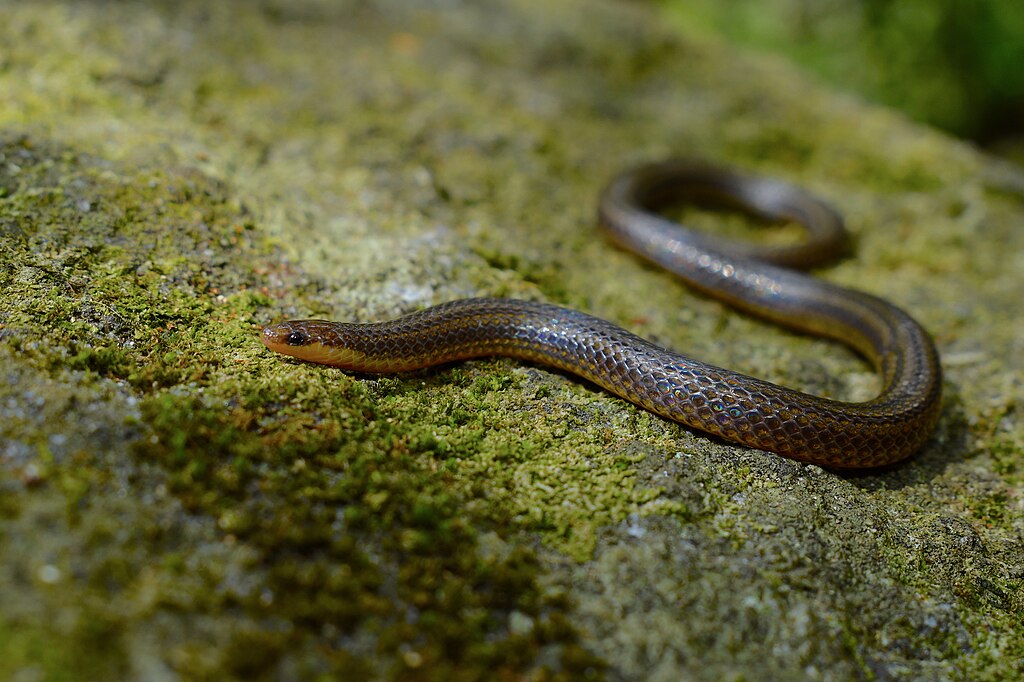
Living underground provides natural protection from many predators, but blind snakes have nonetheless evolved several unique defensive adaptations. When threatened, many species release a pungent musk from specialized cloacal glands that contains compounds unpalatable or irritating to potential predators. Unlike other snakes that attempt to flee when threatened, blind snakes often coil their bodies tightly and become rigid, making them difficult for predators to manipulate or swallow. Some species perform a surprising defensive behavior called “caudal luring,” where they expose their tail above ground and wiggle it to mimic an insect, distracting predators from their head and vital organs. Perhaps most unusually, certain species can detach parts of their skin when grabbed—similar to but less extreme than the tail autotomy seen in lizards—allowing them to escape while leaving the predator with nothing but a piece of shed skin.
Ecological Role as Soil Engineers
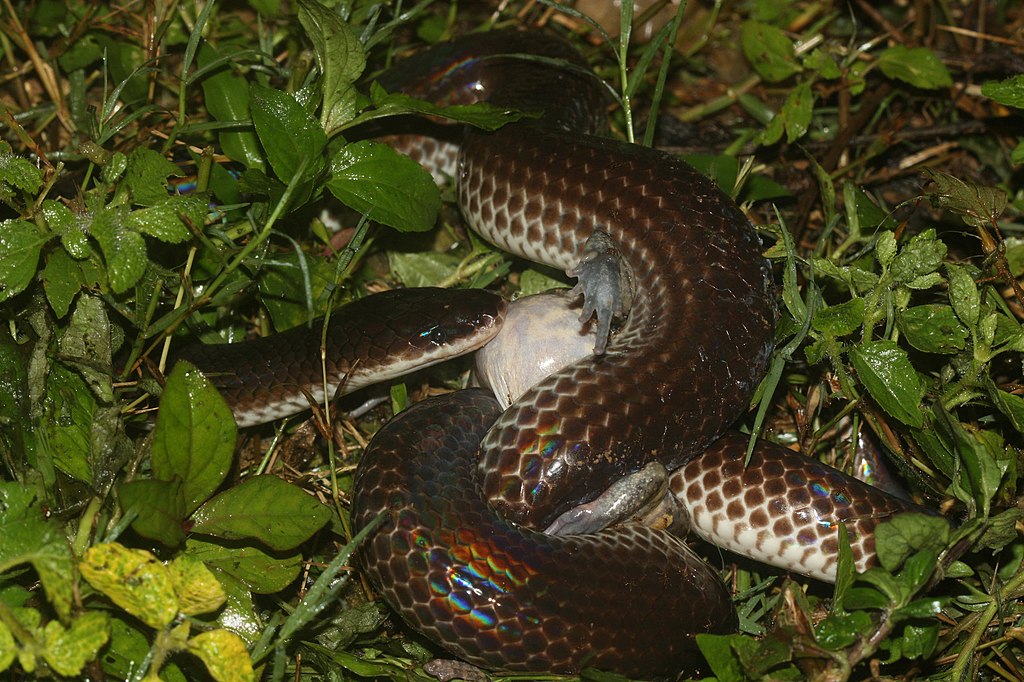
Despite their secretive nature, blind snakes play significant ecological roles in their underground habitats as both predators and soil engineers. Their constant tunneling aerates soil, creates channels for water percolation, and helps cycle nutrients between soil layers—functions similar to those performed by earthworms in many ecosystems. By controlling ant and termite populations, they help regulate these ecologically important insects and prevent potential population explosions that could damage plant communities. The abandoned tunnels created by blind snakes often become microhabitats for other soil organisms, creating a network of biological highways beneath the surface. Some research suggests that areas with healthy blind snake populations show improved soil structure and higher plant productivity, though these ecological relationships remain understudied compared to more visible ecosystem engineers.
Surface Ventures: Rare Moments Above Ground
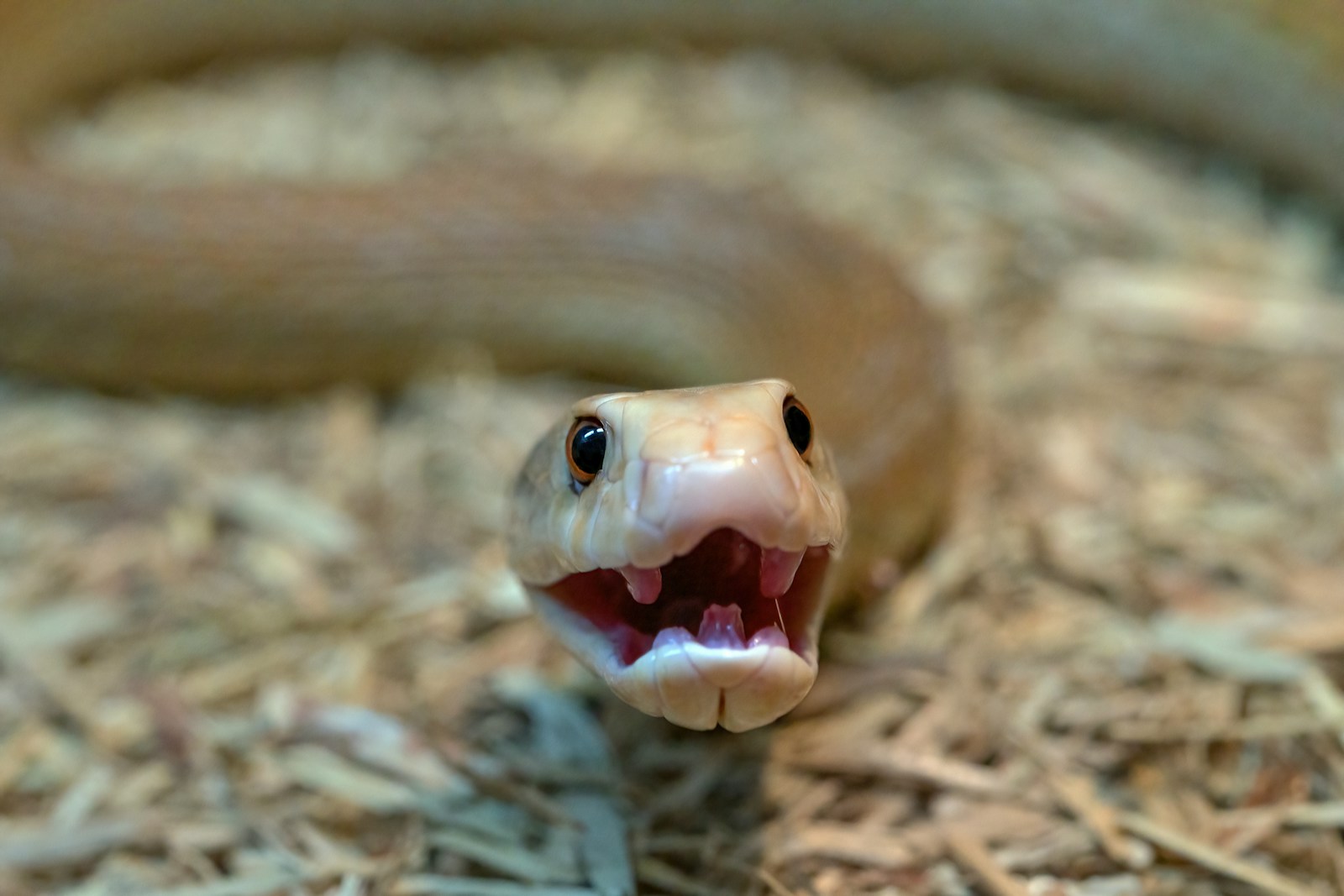
Although blind snakes spend the vast majority of their lives underground, they do occasionally venture to the surface under specific circumstances. Heavy rains that saturate the soil often force them upward to avoid drowning, making the hours after storms one of the few times these secretive reptiles might be encountered by humans. Mating seasons may trigger increased movement, with some species emerging at night to search for mates, taking advantage of the cooler, more humid conditions that protect them from desiccation. Some species exhibit a fascinating behavior where they follow ant trails to the surface at night, using these chemical highways to locate new food sources before returning underground before dawn. These brief surface excursions represent considerable risk for animals so specialized for subterranean life, exposing them to predators and environmental conditions their adaptations haven’t prepared them for.
Taxonomic Mysteries and Recent Discoveries

The taxonomy of blind snakes remains in considerable flux, with new species being discovered regularly as researchers explore previously unstudied regions. Molecular techniques have revealed that many superficially similar populations actually represent distinct species that have been separated for millions of years, hidden by their conservative morphology and inaccessible habitat. A remarkable 2018 study in Madagascar discovered five previously unknown species in a single field season, suggesting that current diversity estimates may represent only a fraction of actual blind snake biodiversity. The challenges of studying these secretive animals mean that basic information about distribution, population sizes, and ecology remains unknown for the majority of described species. Some taxonomists believe the total number of blind snake species may exceed 1,000 when fully documented—more than double current estimates—making them potentially one of the most species-rich snake groups on the planet.
Threats and Conservation Challenges
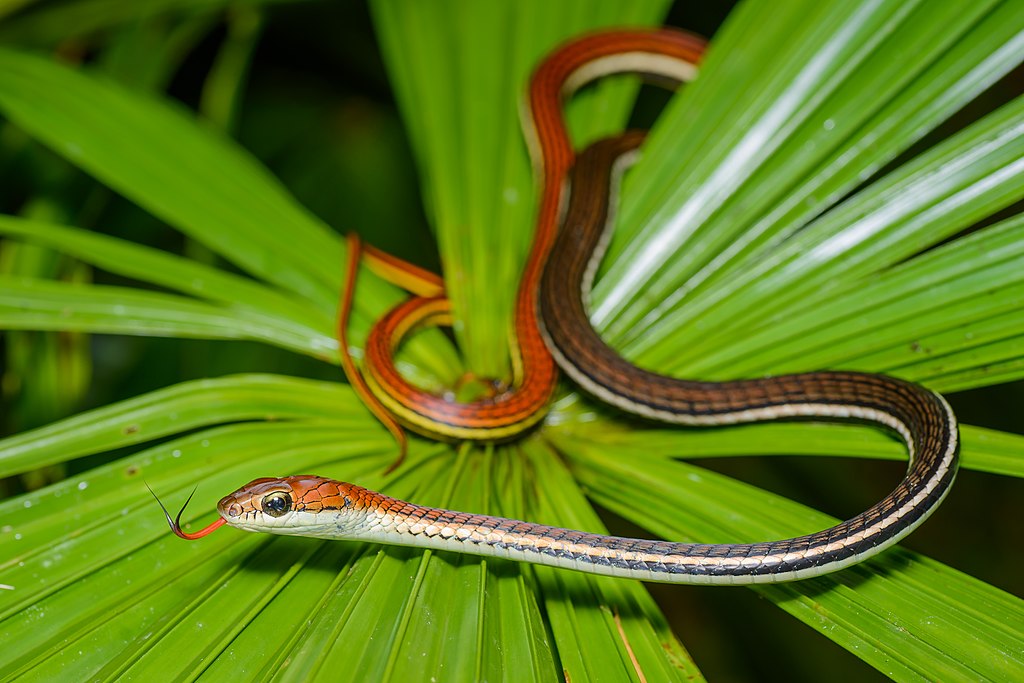
Despite their hidden lifestyle, blind snakes face numerous conservation challenges in the modern world. Agricultural practices involving deep plowing, soil fumigation, and heavy pesticide use directly impact their populations by destroying tunnel systems and poisoning both the snakes and their insect prey. Urban development permanently eliminates habitat through soil compaction, pavement, and removal of native vegetation that supports the insect communities they depend on. Climate change poses particular threats to these moisture-dependent species, as increased drought frequency can make soil conditions unsuitable for burrowing in previously habitable areas. Conservation efforts are complicated by the difficulty in studying these animals—their population trends are nearly impossible to monitor using conventional survey methods, meaning many species may be declining without detection. The IUCN Red List currently lacks sufficient data to assess the status of over 80% of known blind snake species, highlighting the urgent need for more research.
Cultural Significance and Human Interactions
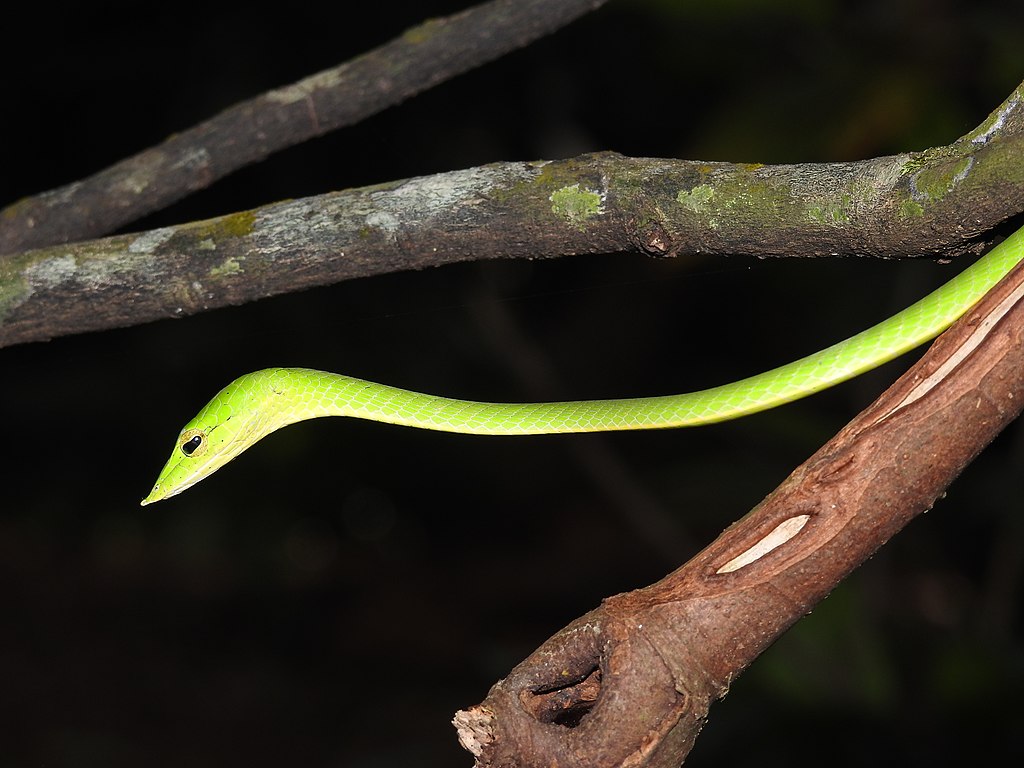
Throughout their range, blind snakes have accumulated various cultural associations and folklore, often reflecting their mysterious nature. In parts of Southeast Asia, finding a blind snake is considered a sign of forthcoming rain, likely based on the observable behavior of snakes emerging during wet conditions. Some indigenous Australian groups incorporated blind snakes into creation stories, describing them as creatures that helped shape underground waterways. In contrast to the fear often associated with other snakes, blind snakes are frequently regarded positively in agricultural communities that recognize their role in controlling pest insects. Many gardeners and farmers value their presence as natural pest control, particularly for termites that might otherwise damage wooden structures or crops. Their harmless nature—lacking any ability to bite humans effectively—has earned them benign names like “flower pot snake” or “worm snake” in many regions, reflecting their occasional appearance in garden settings.
Future Research and Remaining Mysteries
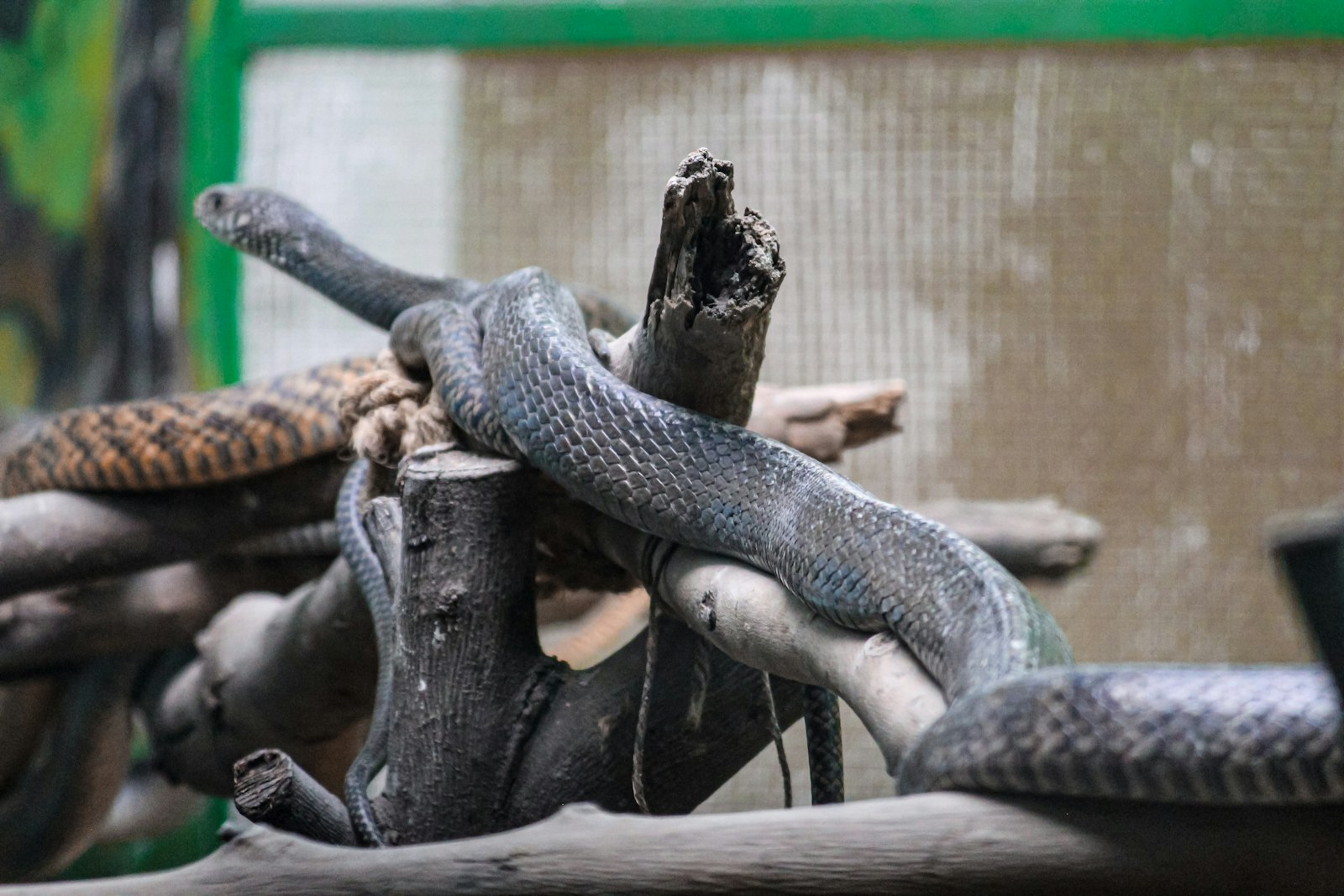
The world of blind snakes remains largely unexplored by science, with fundamental questions awaiting investigation. New technologies like environmental DNA detection may revolutionize the study of these elusive animals by allowing researchers to confirm their presence without actually capturing specimens. Miniaturized tracking devices are beginning to reveal movement patterns and habitat use that were previously impossible to observe in these secretive reptiles. Genomic studies promise insights into their evolutionary history, including how and when they transitioned to underground living and developed their specialized adaptations. Perhaps most intriguingly, research into their sensory systems may reveal novel mechanisms for perceiving the environment without vision—potentially inspiring biomimetic applications in robotics and sensing technology. As exploration techniques improve and more researchers turn attention to these overlooked reptiles, the coming decades promise to unveil many secrets of the snakes that have mastered life in darkness.
Conclusion
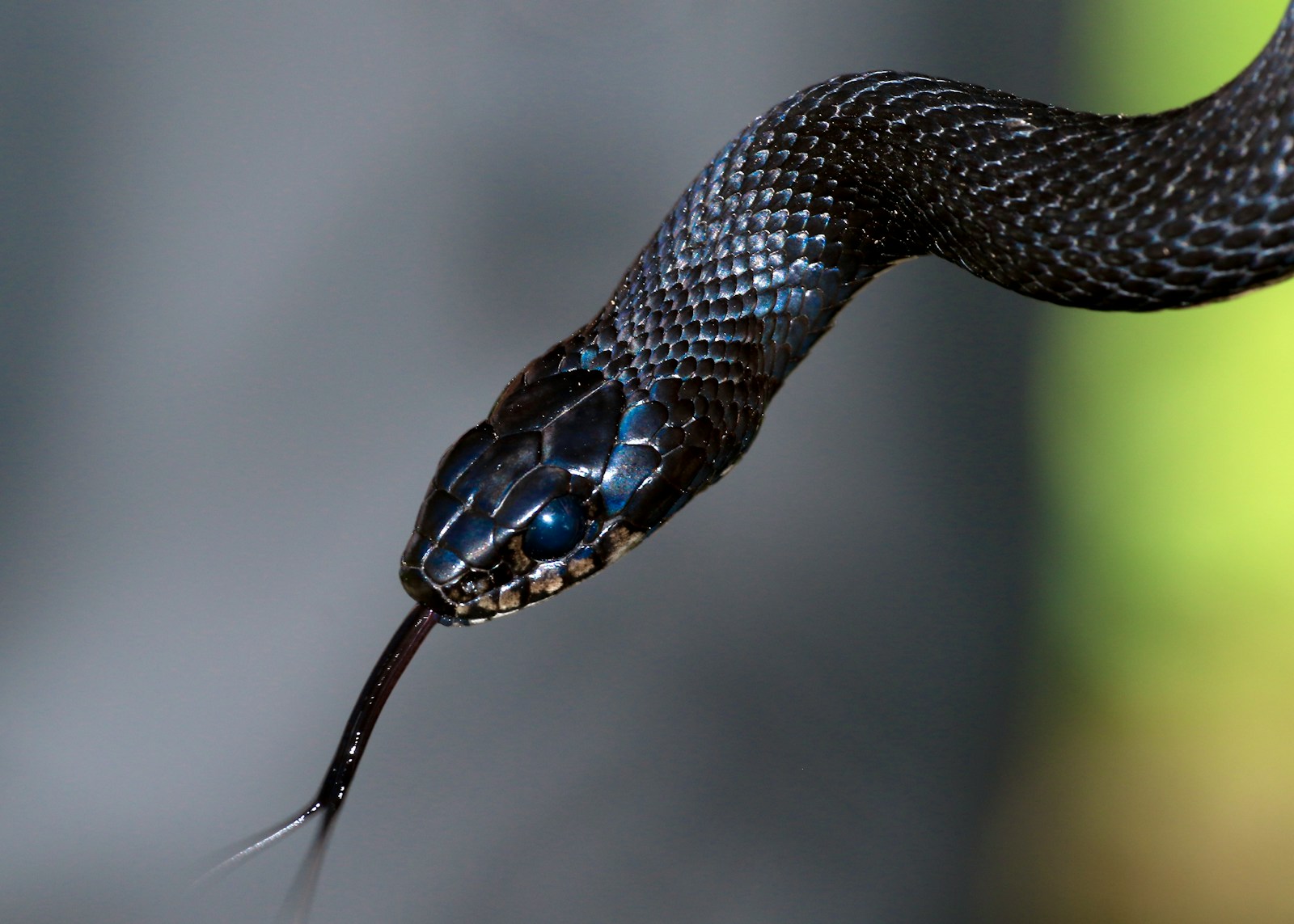
The blind snakes of the world represent one of nature’s most specialized and successful evolutionary experiments—reptiles that abandoned the surface world to carve out an existence in the darkness below. Their remarkable adaptations demonstrate the incredible plasticity of the snake body plan, transformed from a surface predator to an efficient burrowing specialist through millions of years of natural selection. Though they remain largely hidden from human view, these serpents play vital ecological roles, influencing soil health and insect populations in ways we are only beginning to understand. As we face global challenges like habitat loss and climate change, preserving the unseen diversity beneath our feet becomes increasingly important. The blind snakes remind us that remarkable biological innovations and unexplored biodiversity often exist in the places we least expect—sometimes just inches beneath our feet, in a complex underground world that parallels our own.

